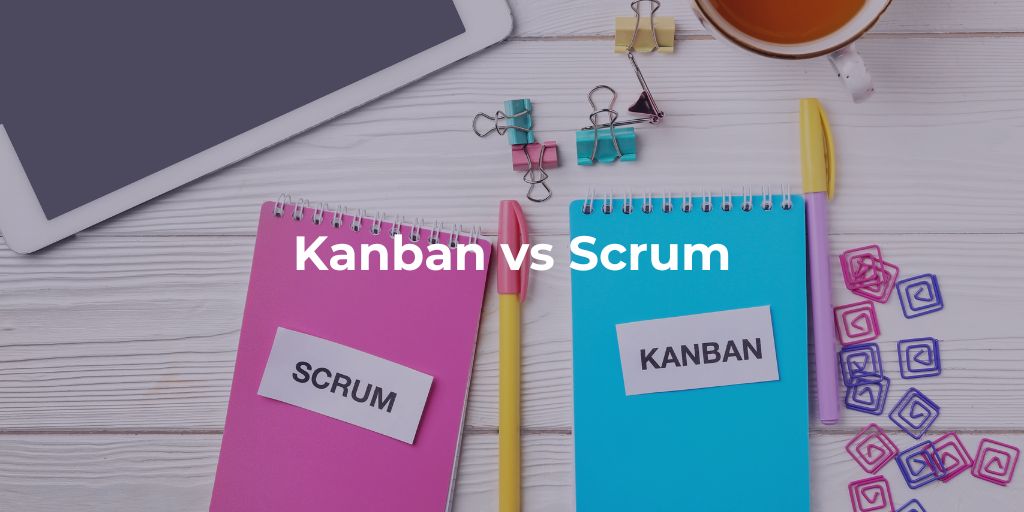Categories
Tags
Newsletter
Subscribe to the QRP International neswletter and get all the news on trends, useful contents and invitations to our upcoming events
Subscribe
Scrum and Kanban are two of the most popular and influential Agile frameworks. They stand out for their ability to improve the efficiency, collaboration and flexibility of work teams. Both frameworks derive from Agile principles, but apply these principles in different ways, adapting to specific needs and contexts.
Scrum is a well-structured framework that organises work in sprints, cycles of about two weeks, where teams work on a specific set of activities. Within Scrum, the roles are clearly defined: the Scrum Master facilitates the process, the Product Owner manages the backlog priorities, and the development team focuses on the implementation of functionality.
Each sprint ends with a review and retrospective: crucial moments to reflect on current progress and to plan future improvements. This approach is particularly suitable for development projects with evolving requirements, which need a regular rhythm and detailed planning.
Kanban, on the other hand, offers a more flexible and visual system to manage work. Using a Kanban board, tasks are displayed as cards moving through various columns representing the different stages of the work process, from ‘to do’ to ‘done’. This method does not impose specific roles or fixed times, allowing teams to quickly adapt to changes and optimise workflow. Kanban is ideal for contexts where work is continuous and priorities may change frequently, such as in technical support or maintenance.
Both frameworks, despite their differences, share the goal of improving the quality of products and services by reducing inefficiencies and complications. Scrum tends to favour greater structure and predictability, while Kanban offers greater adaptability and visual representation of the work process. The choice between the two depends on the specific needs of the project and the dynamics of the team, but both can offer significant advantages if implemented correctly.
Another key difference is that Kanban favours the continuous delivery of tasks until project completion, whereas Scrum focuses on the delivery of defined work blocks. Scrum uses a dedicated board, called the Scrum board, which is reset after each sprint. This board acts as an extension of the backlog of product development activities. In contrast, a Kanban board displays the status of ongoing activities and is not reset, with the aim of managing the incoming and outgoing workflow.
Scrum boards are managed by the Scrum Master and the Product Owner to ensure constant visual representation of project progress. They are used in daily meetings to keep the team updated on the status of the project, and are reconstructed before each new sprint.
A significant difference concerns the approach to work management: Scrum is a prescriptive framework that requires detailed planning and clearly defines roles and processes. Kanban, on the other hand, offers more flexibility, aiming to reduce bottlenecks in the workflow.
Kanban and Scrum each have their own strengths. However, pitting them against each other is not mandatory; it is possible to use them simultaneously while maximising their benefits.
Rather than talking about “Kanban vs Scrum”, it is more useful to think in terms of “Kanban or Scrum” or even “Kanban and Scrum”. Despite the differences in practices, the fundamentals are in fact mostly similar, and both frameworks help develop better products and services with less complications.
Agile emphasises adaptability and iterative development, providing a methodology for self-organising teams to respond to change.
For teams that cannot choose between Kanban and Scrum, a hybrid approach that combines elements of both frameworks can be beneficial. By adopting a combination of Kanban and Scrum practices, teams can experiment and find the right balance for their operational needs, while still ensuring that Agile principles are applied.
Whatever the choice, it is important to maintain it over an extended period of time. Once some work has been completed, ask the team what worked well and what did not. By experimenting with Scrum and Kanban and asking questions, one can successfully implement Agile methods.
Kanban and Scrum each have their own strengths. However, they are not mutually exclusive; you can use both to maximise the benefits.
QRP International is an ATO (Authorised Training Organisation) for Agile courses. Contact us if you have any questions!